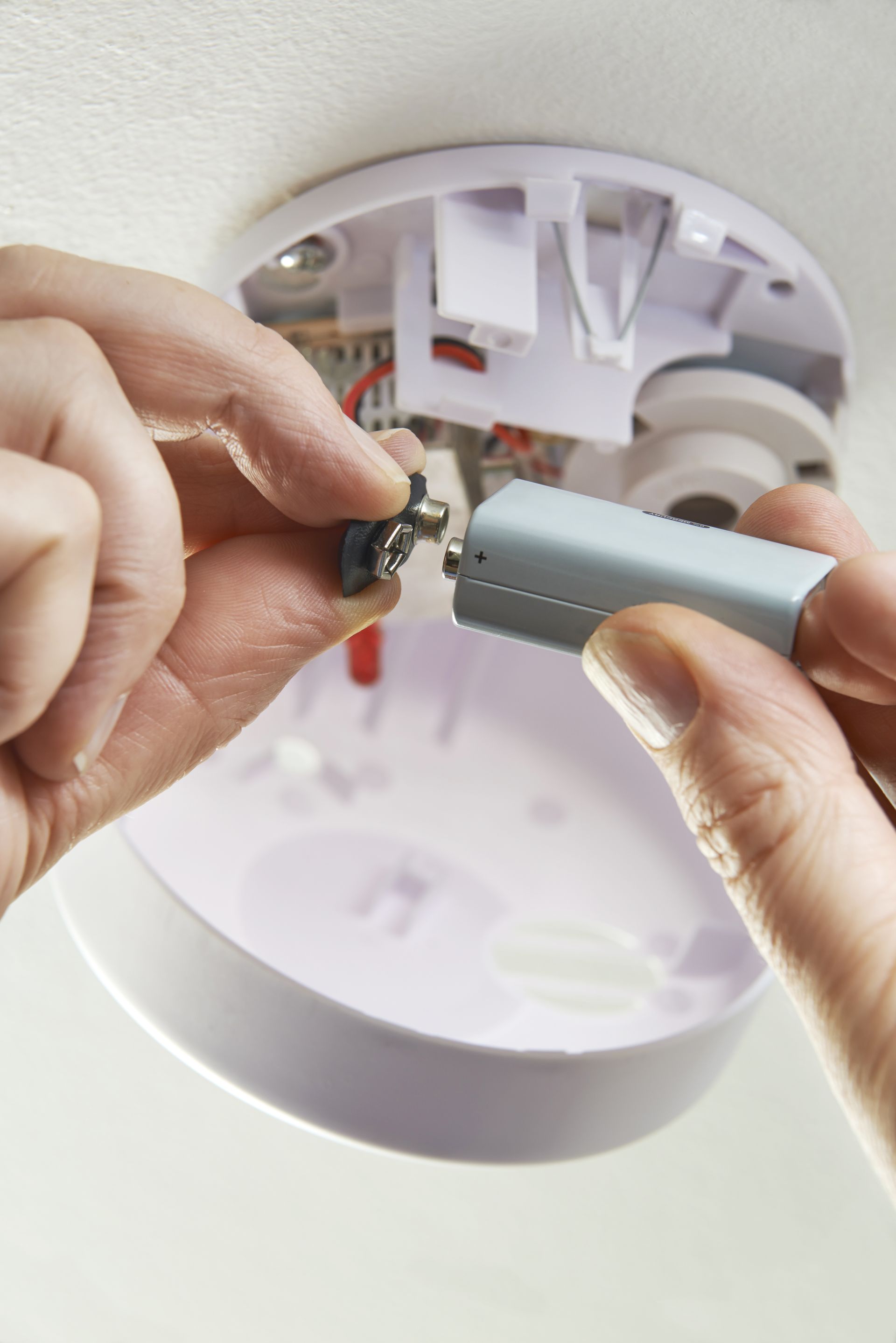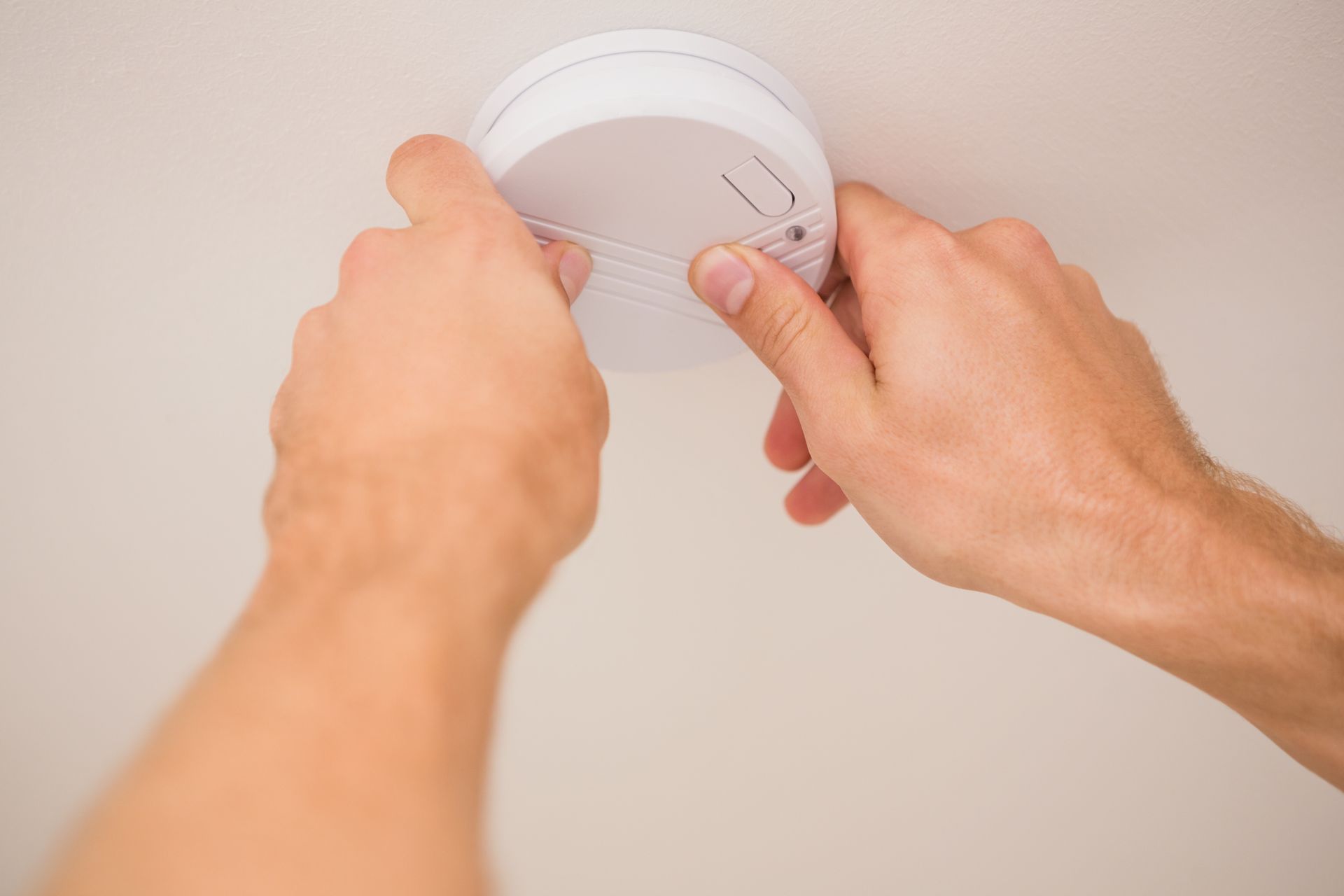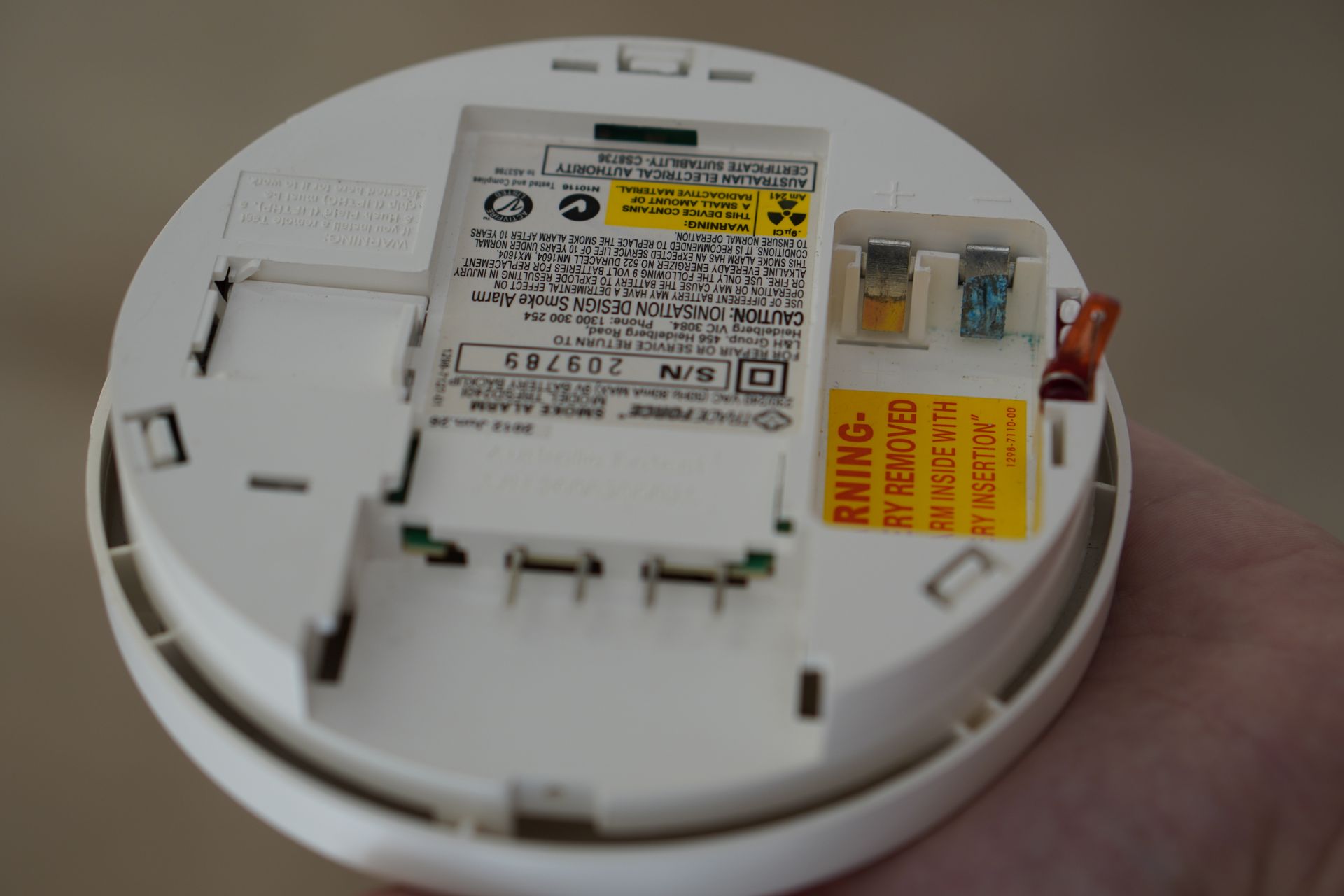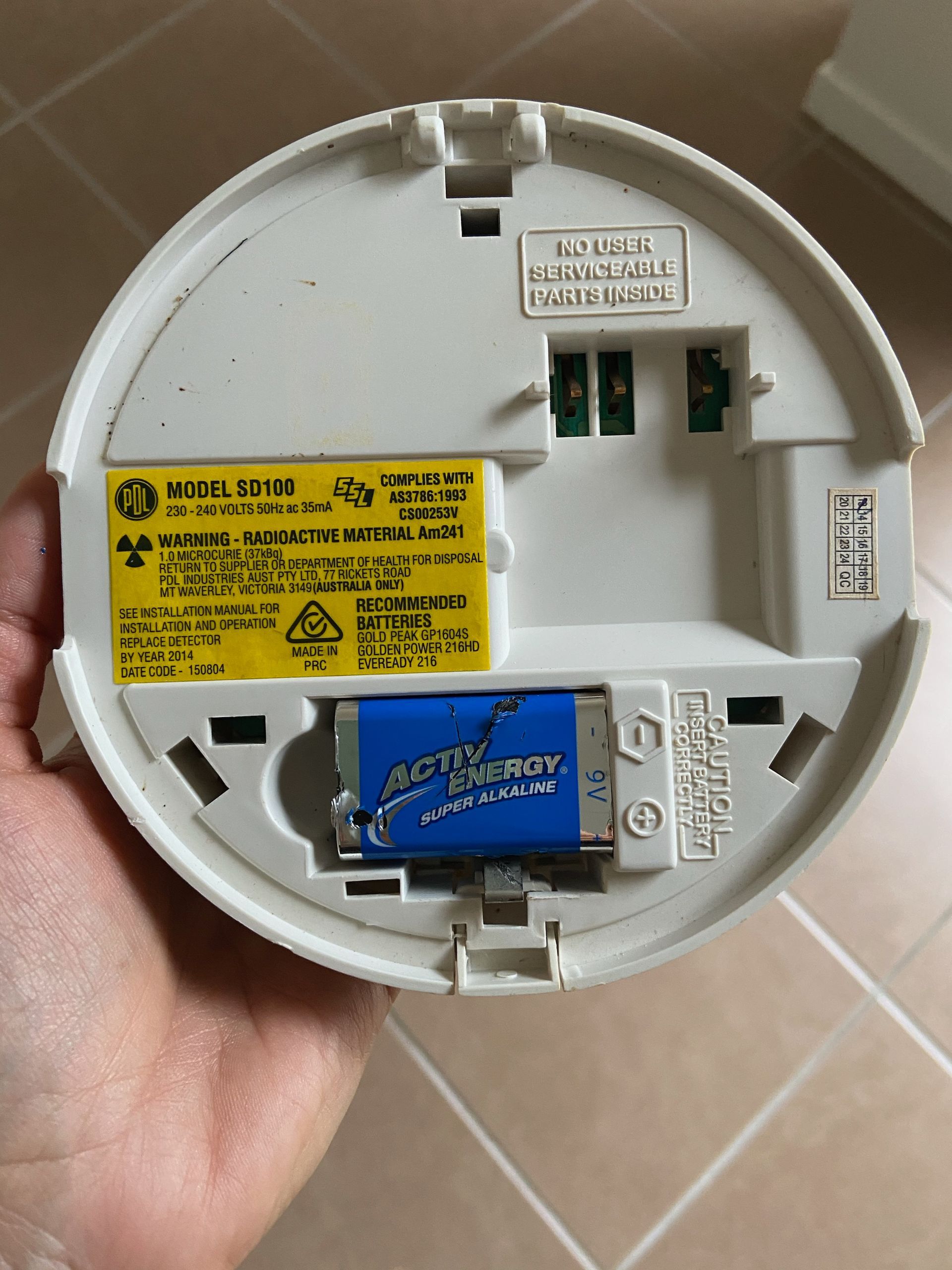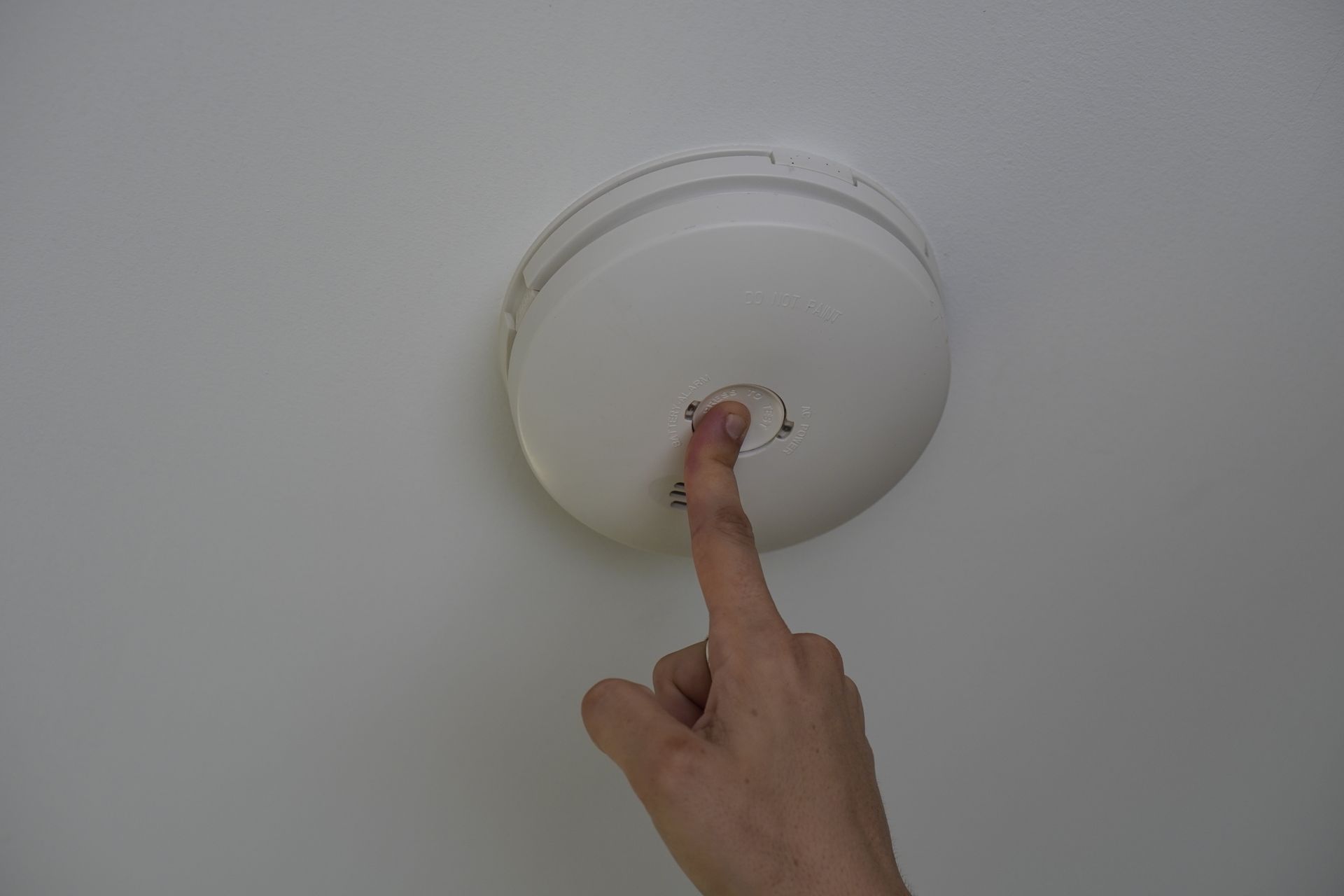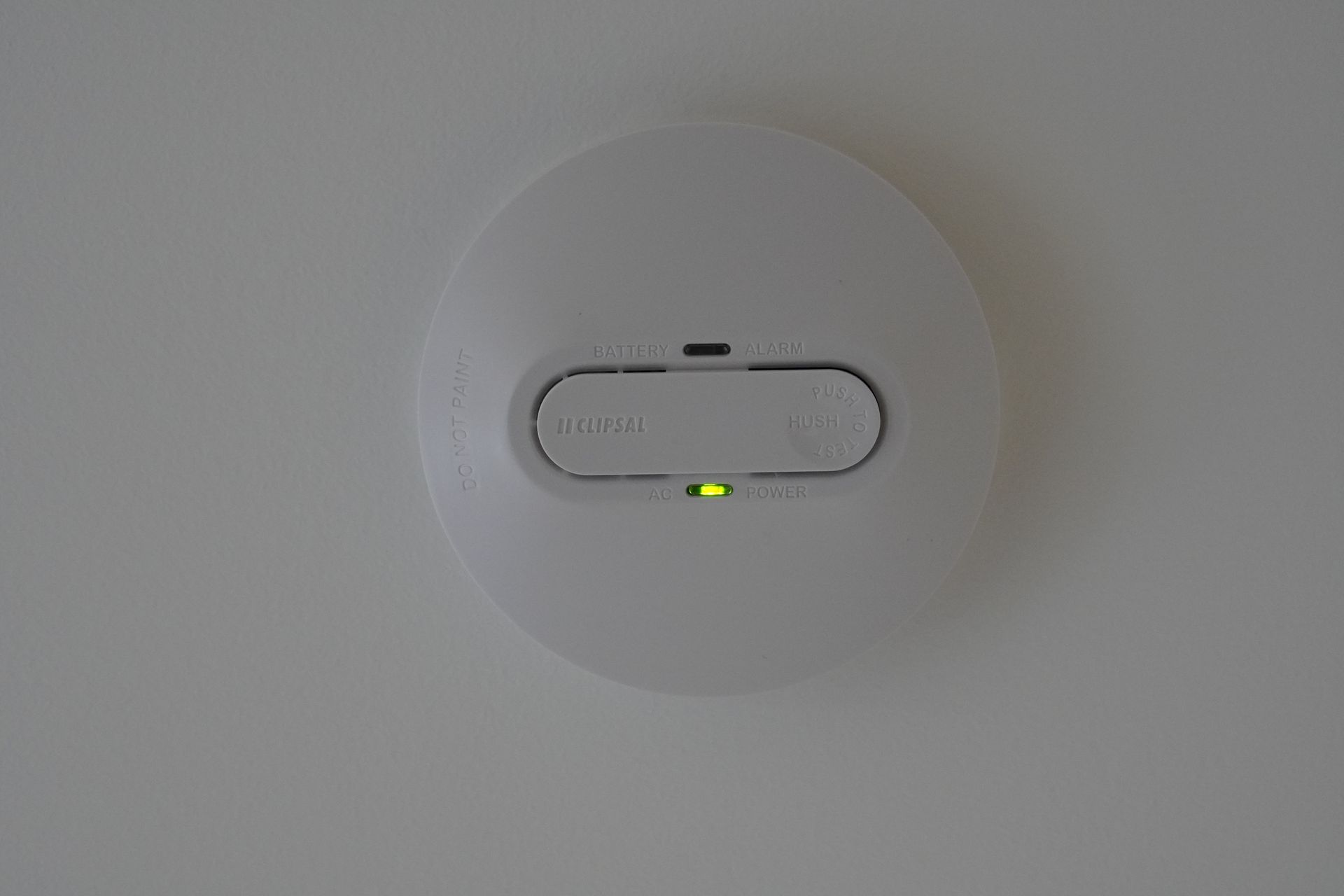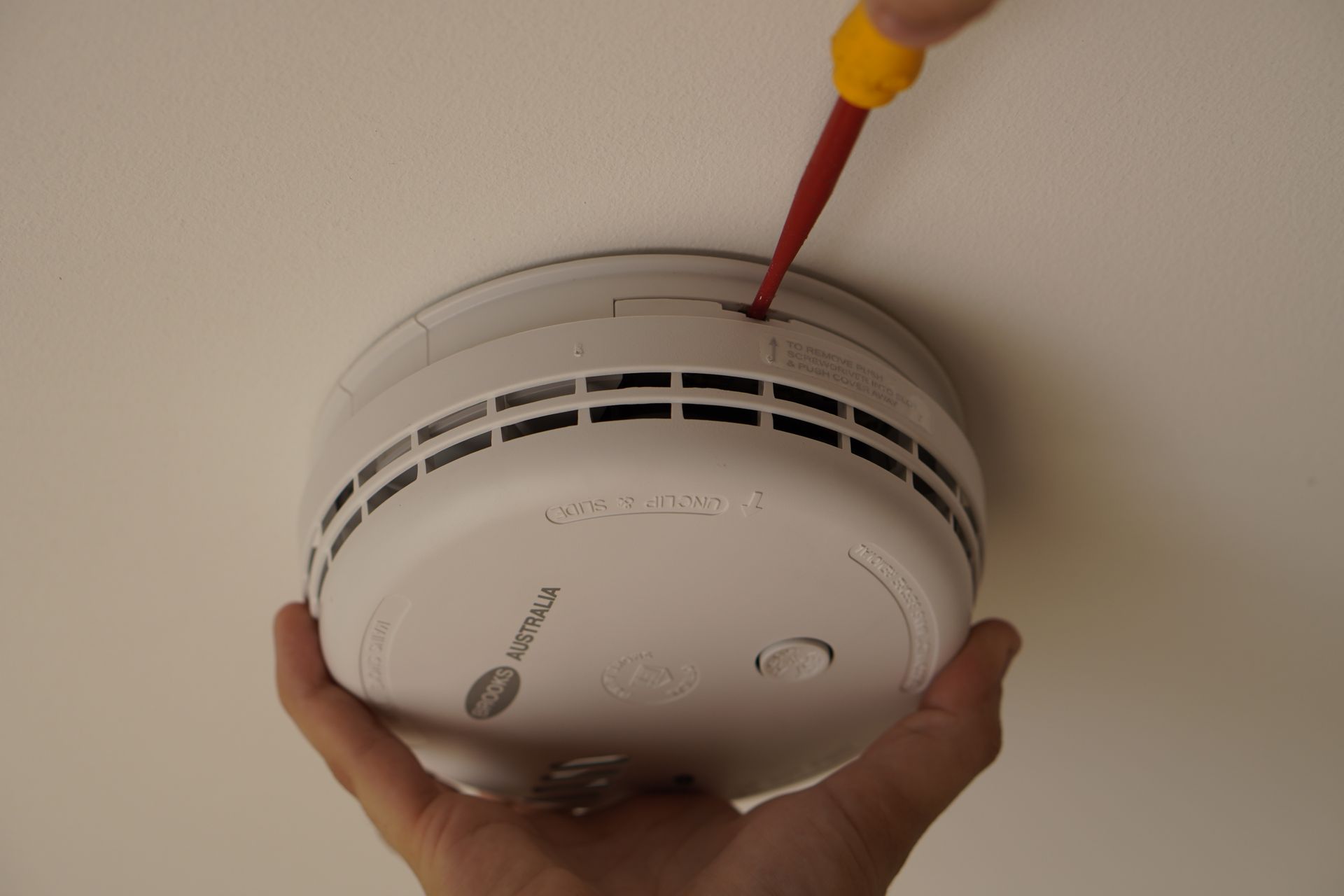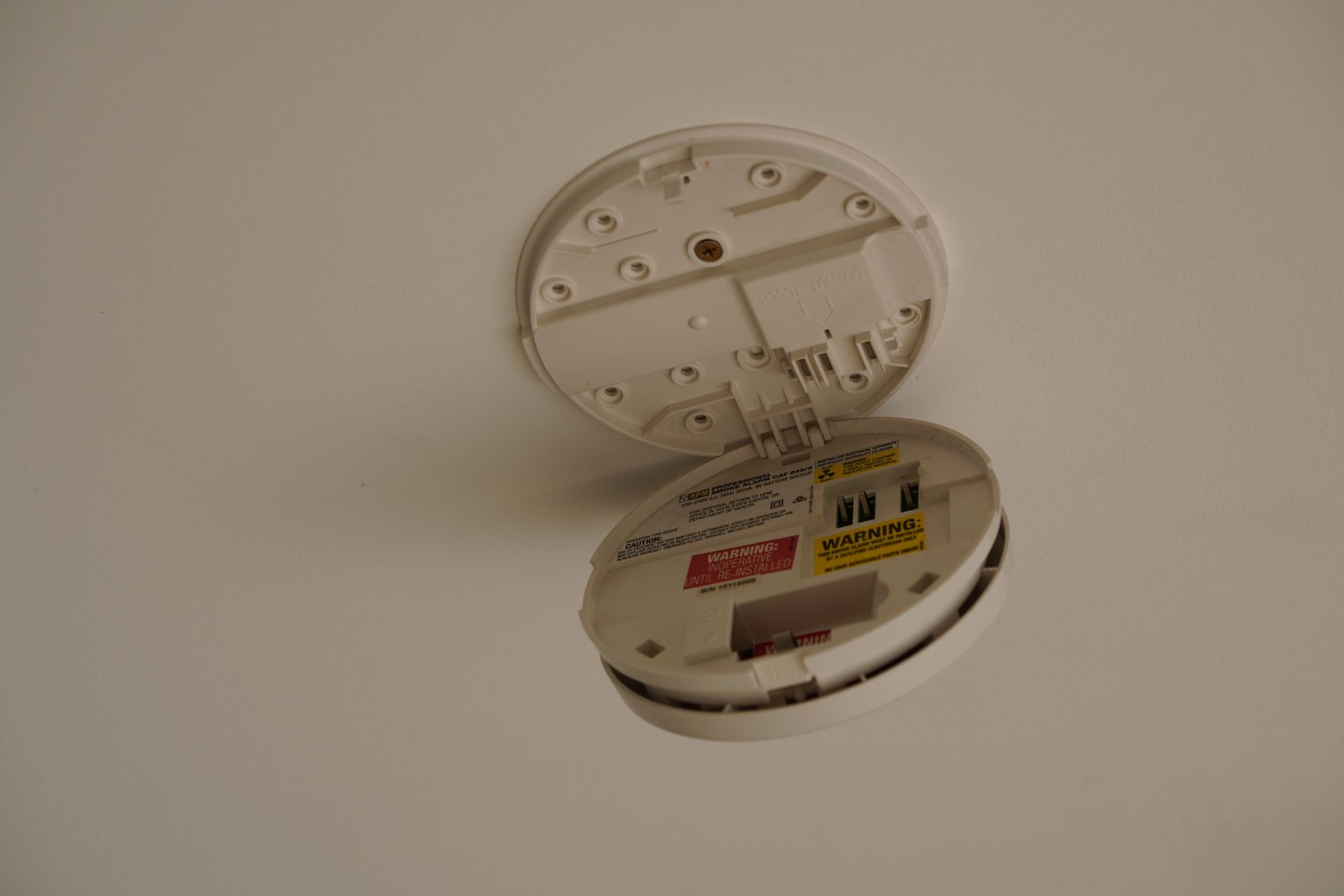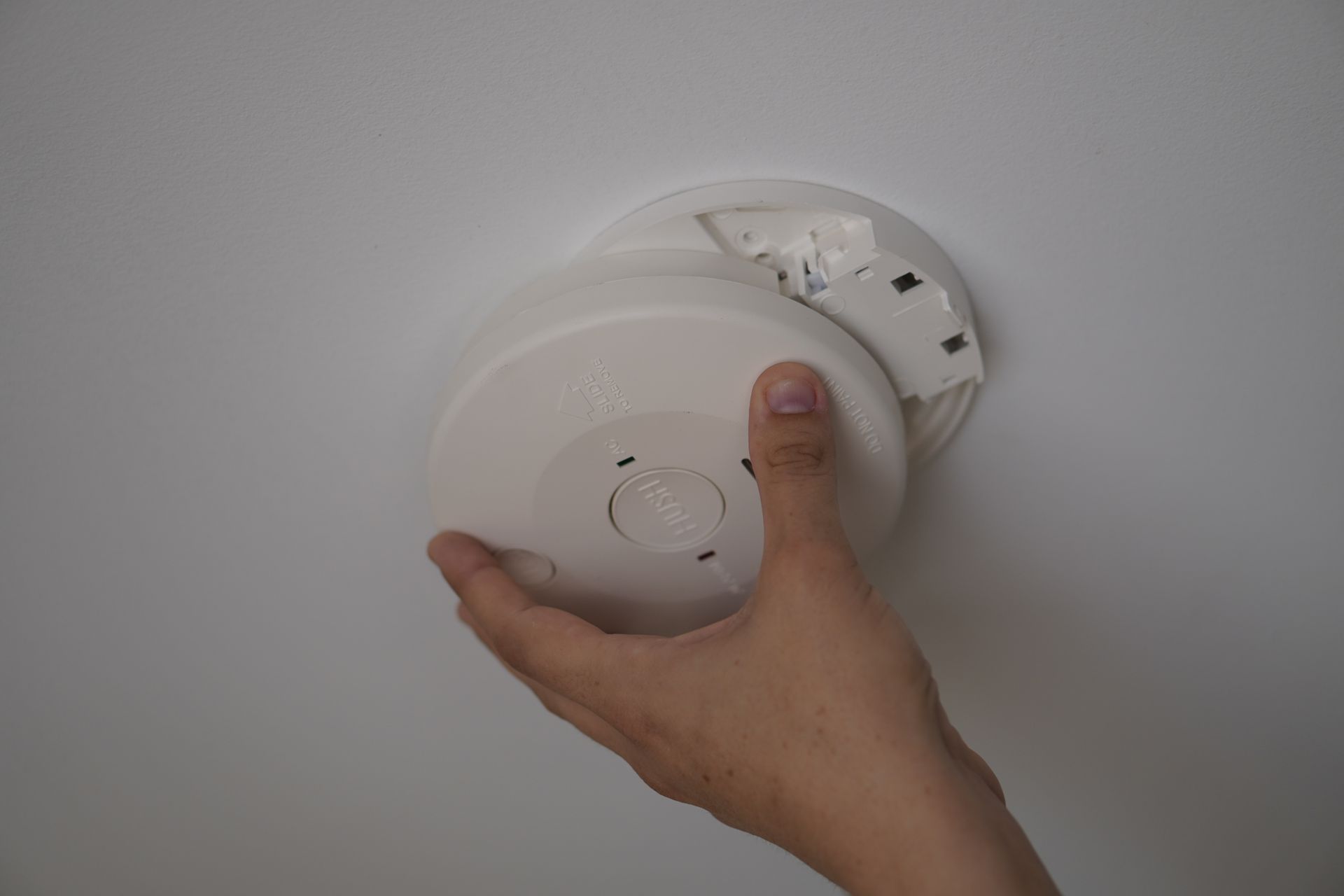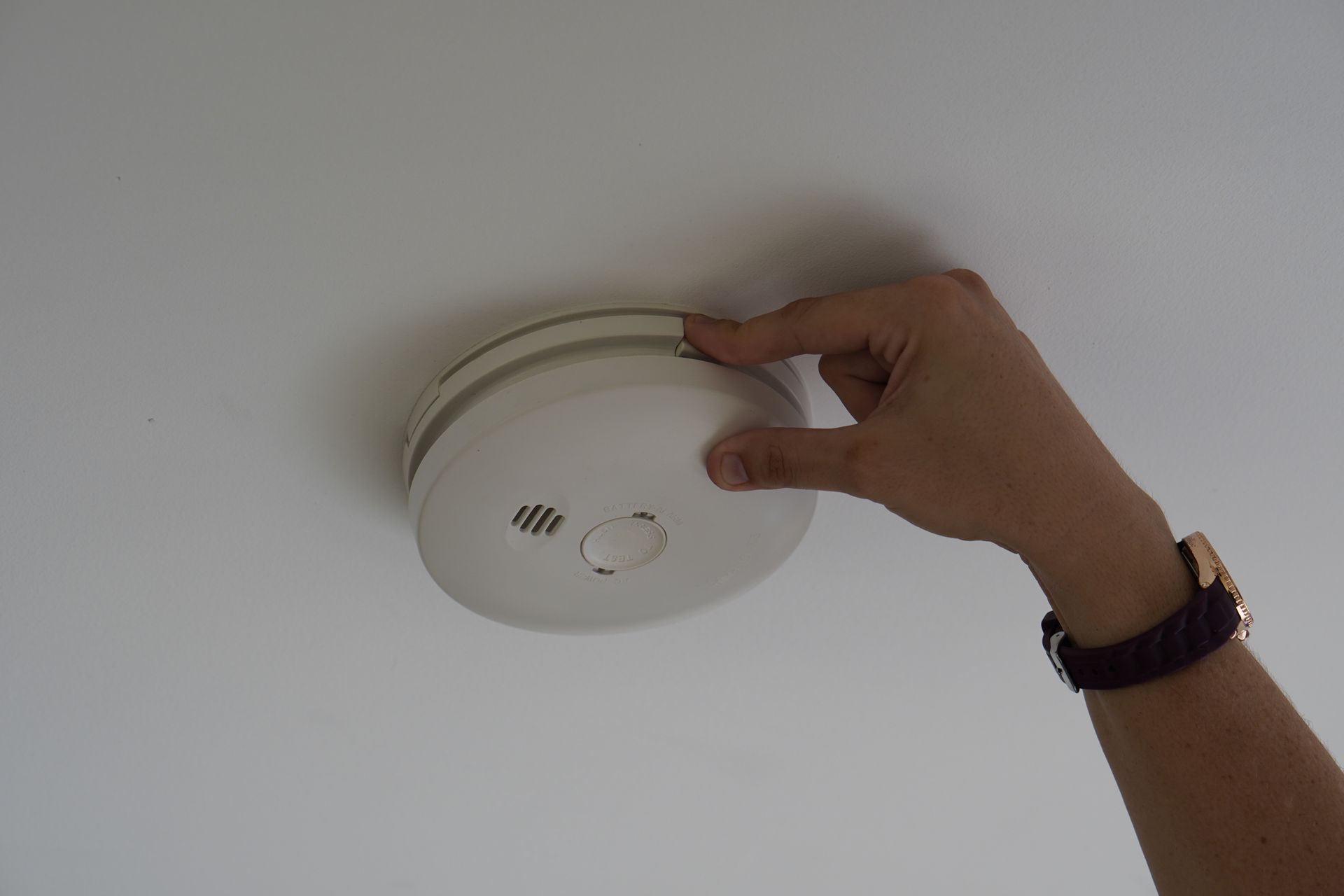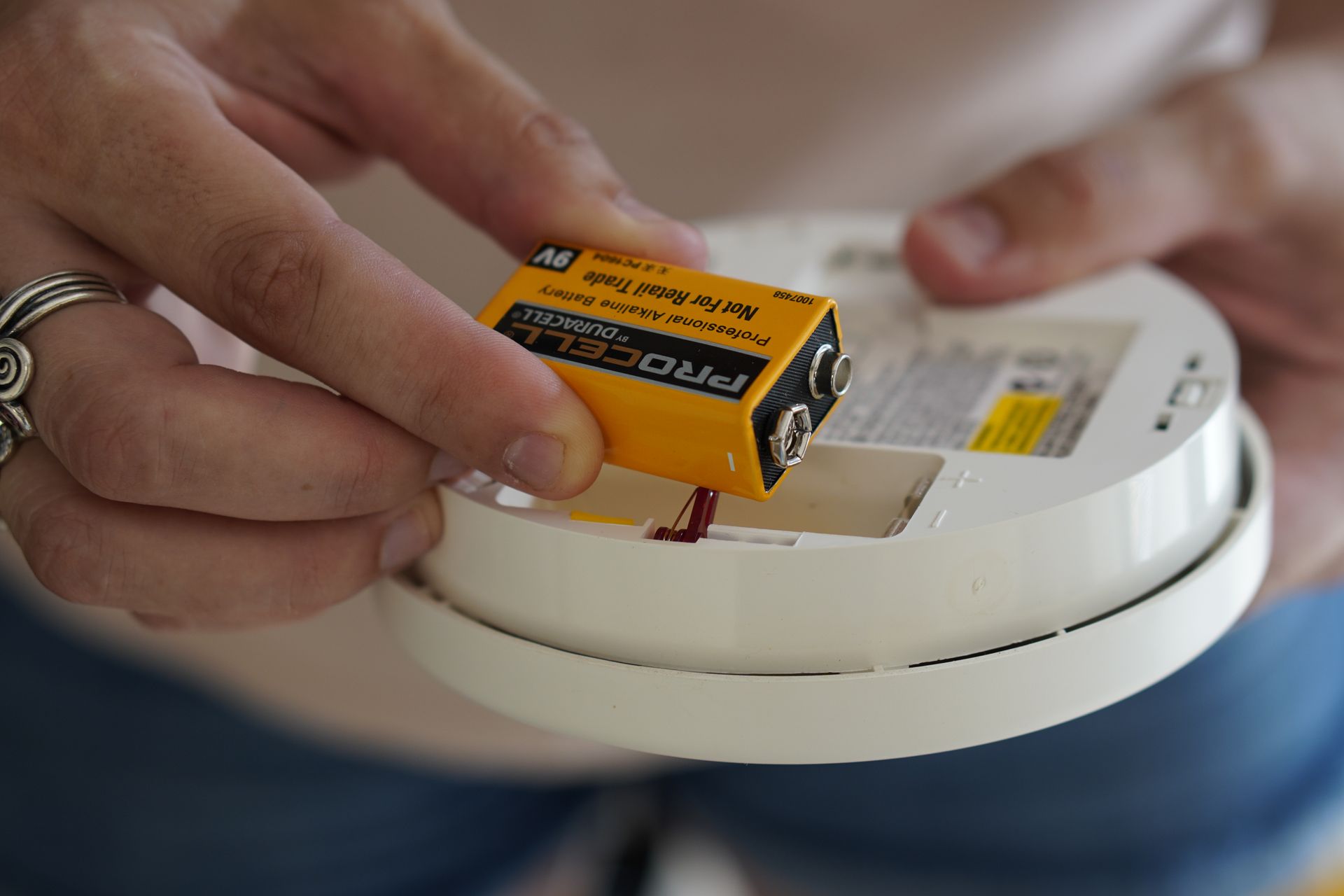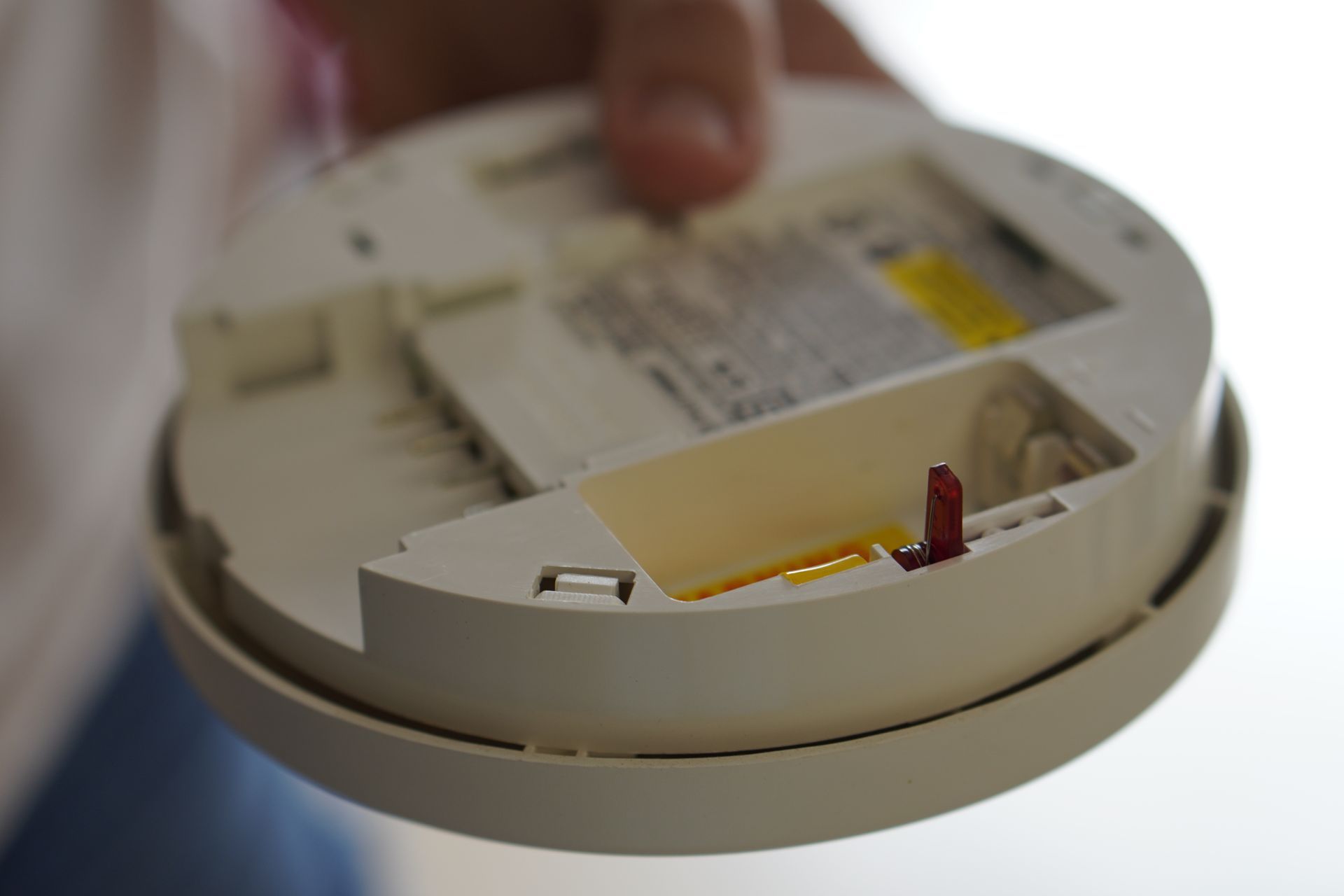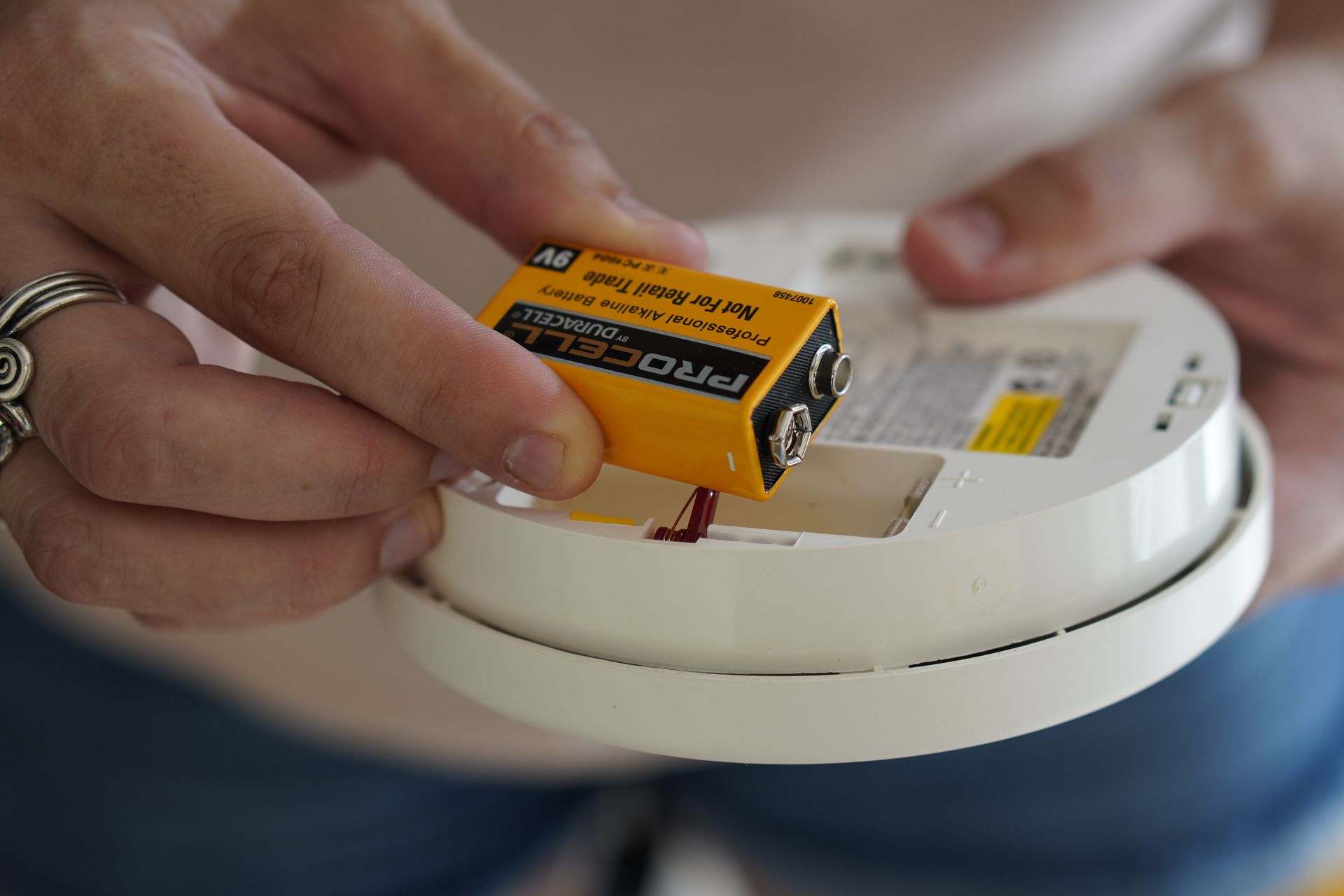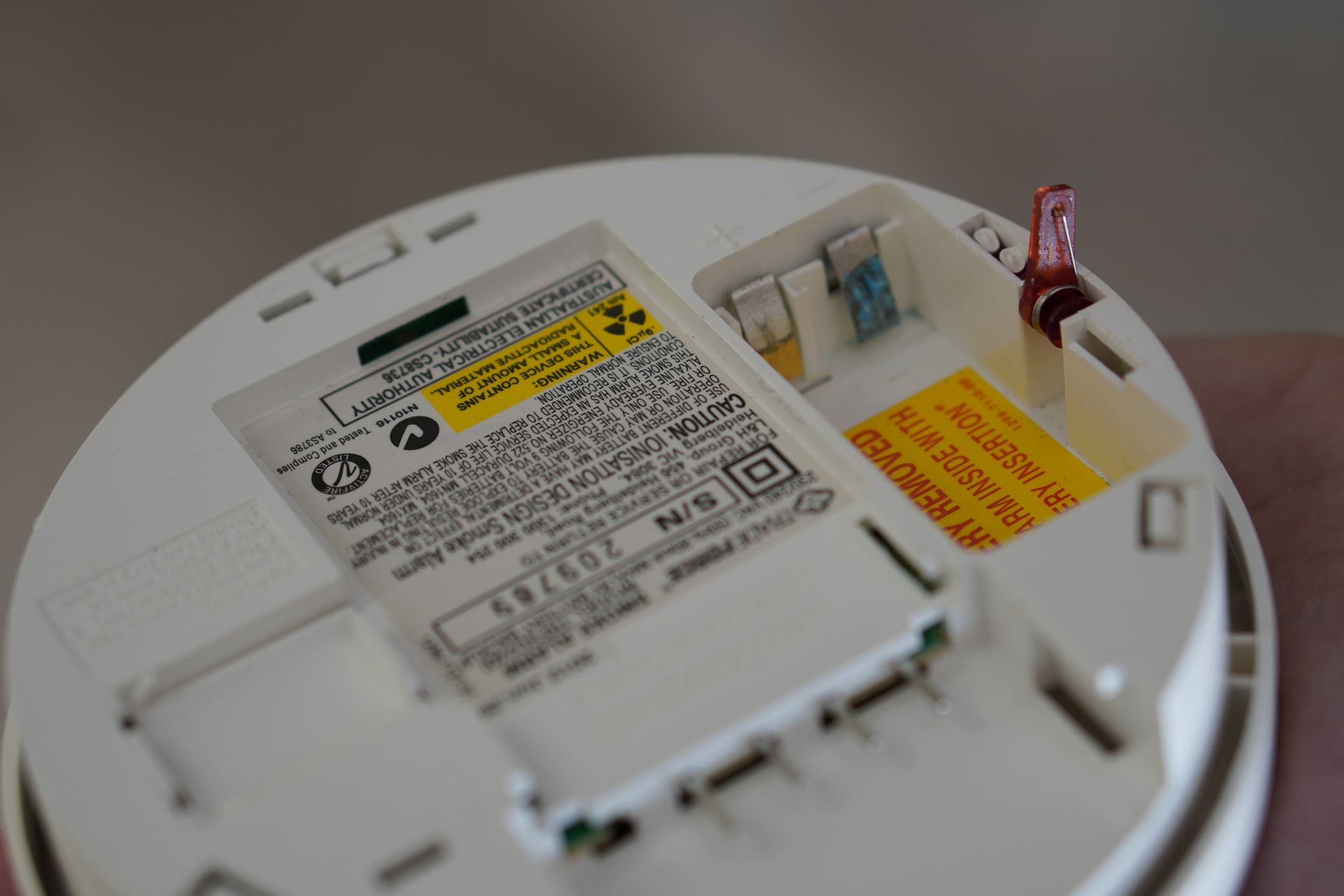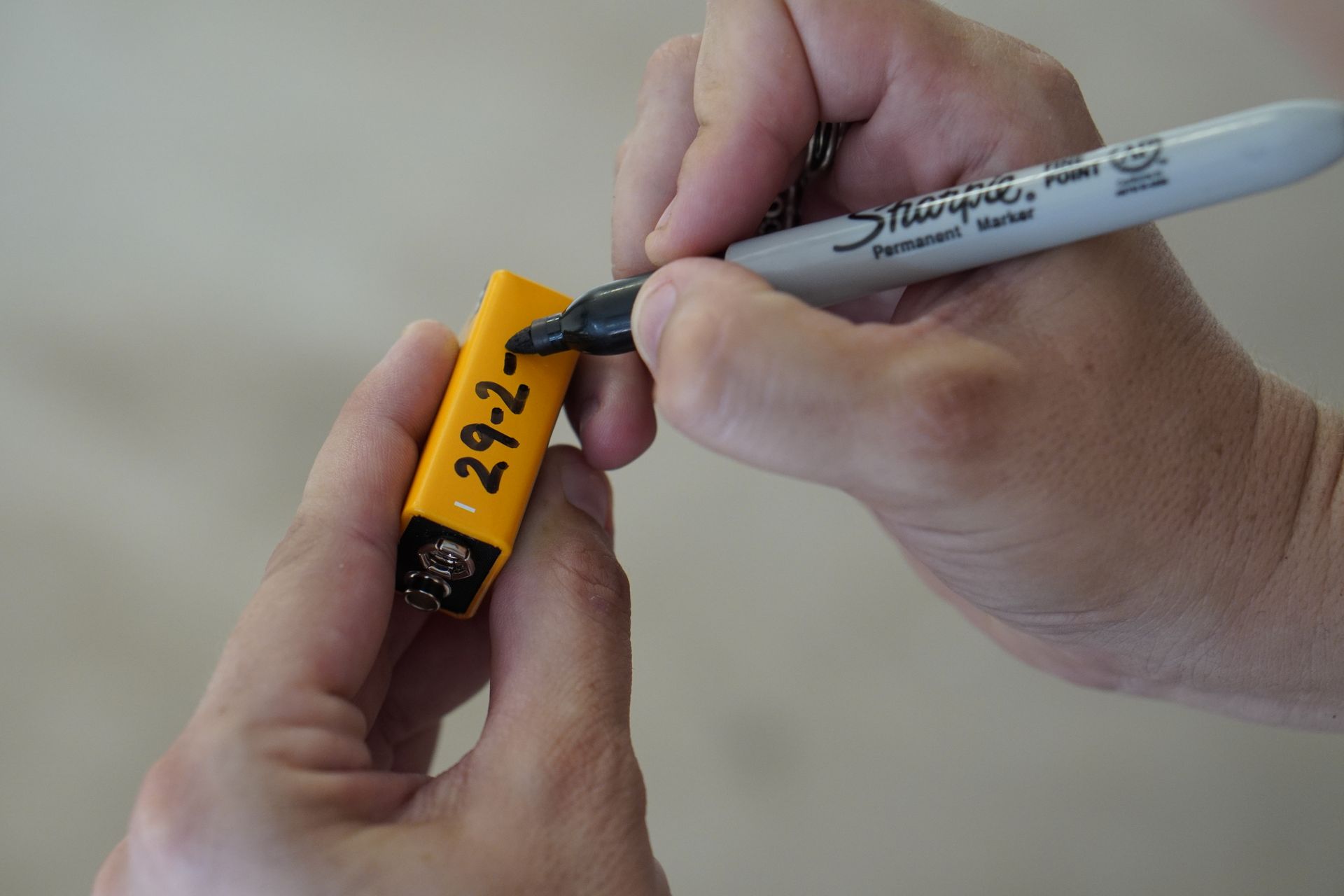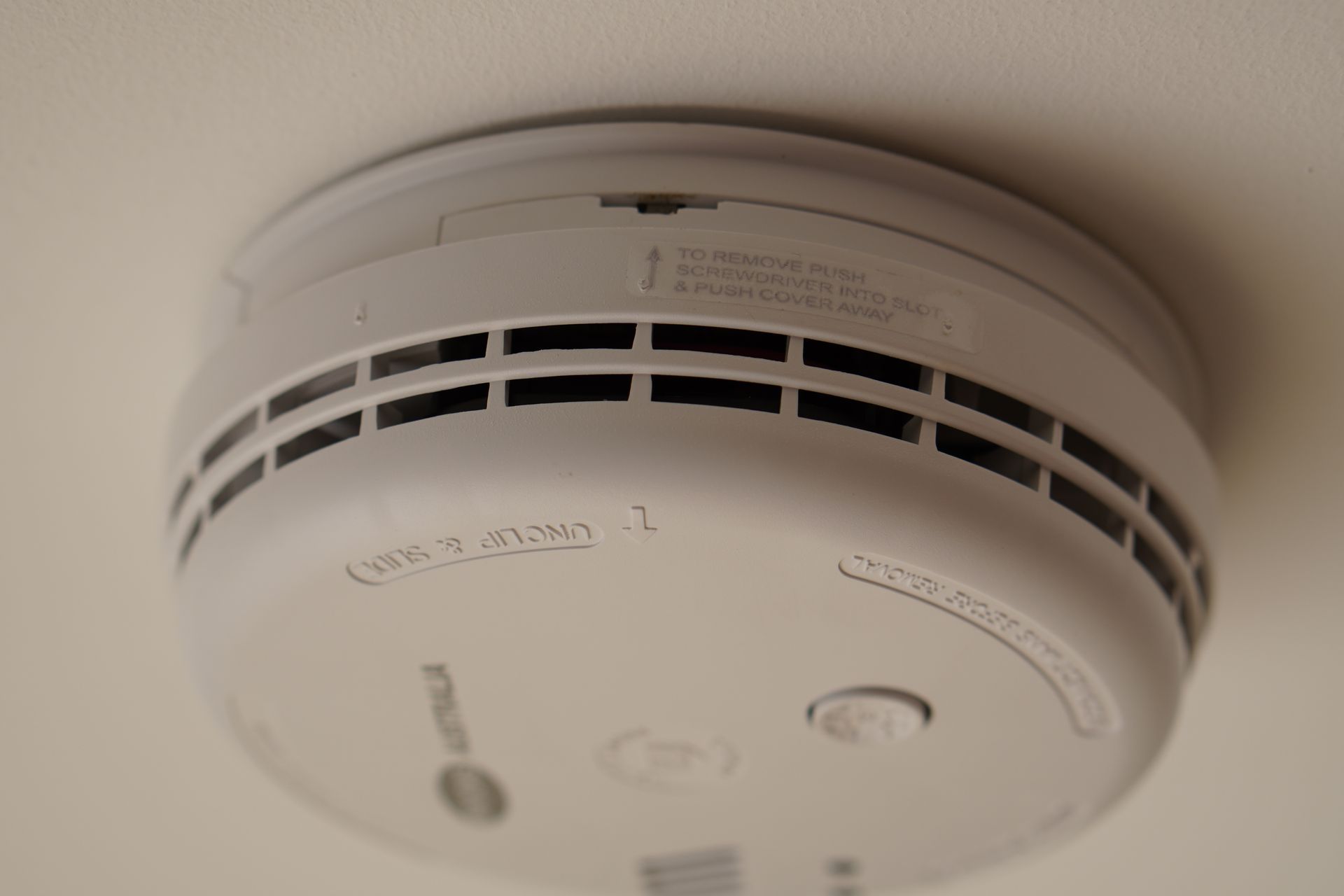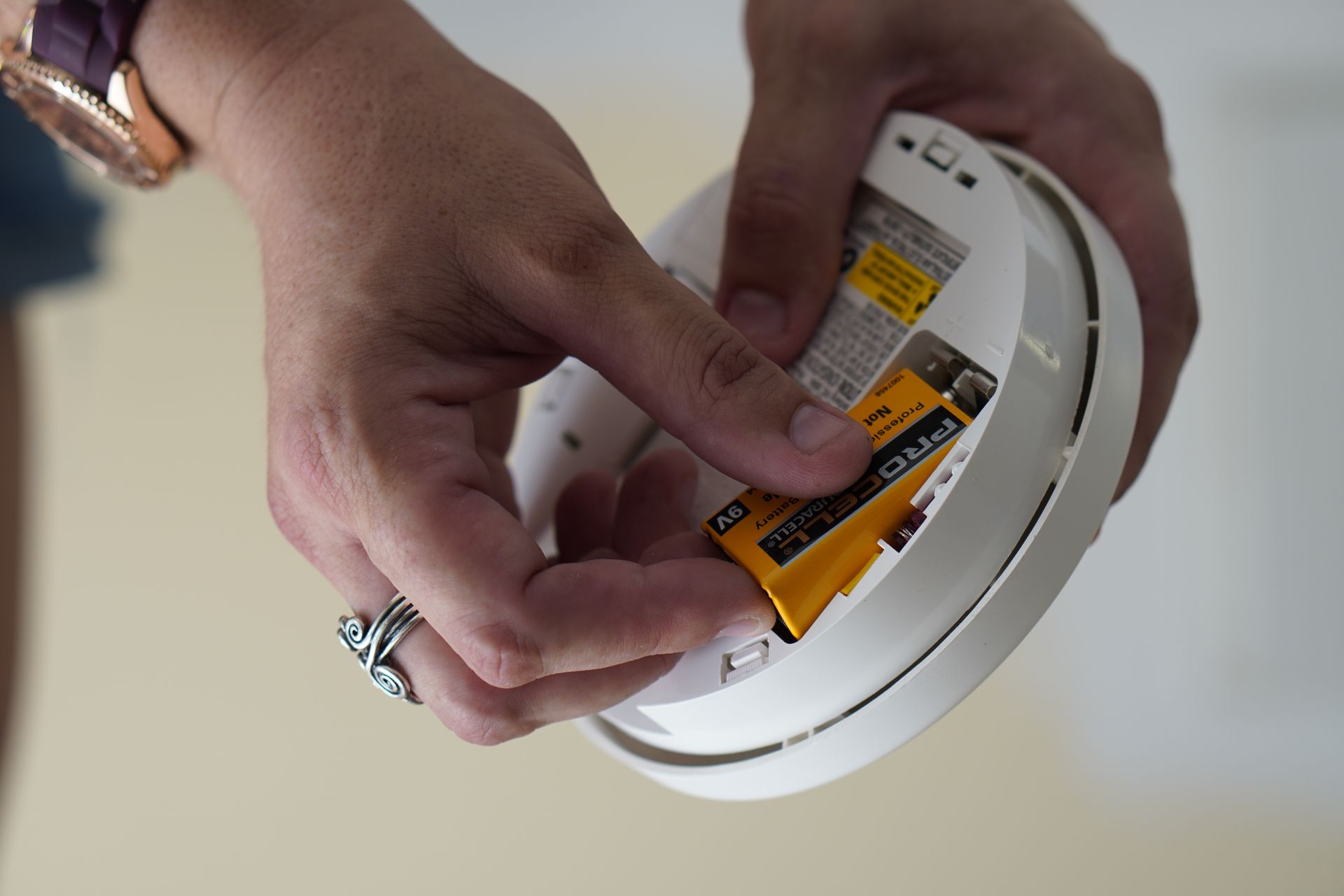Ever wondered how often you should change the batteries in your smoke alarms?
You installed them to keep your family safe in the event of a fire — so it only makes sense to maintain them properly. A smoke alarm is only as good as the battery powering it. If it’s flat, it’s useless — and in an emergency, that’s a risk you simply can’t afford.
Think of smoke alarms as an investment in your safety. With proper care, they’ll do their job: give you an early warning and buy you precious time to get out safely. They save lives — but only if they’re working when you need them most.
So, How Often Should Smoke Alarm
Batteries Be Changed?
Regardless of what type of smoke alarm you have, whether it be a 9-volt battery powered alarm or a mains powered alarm with a 9-volt backup battery, if your smoke alarm has a removable battery, it should be replaced once per year.
How Many
Types of Smoke Alarms are There?
Firstly, let’s find out what type of smoke alarm you have, as this will determine how often you will need to change the battery. Here are the 4 types available:
9-Volt Battery Smoke Alarms Need Annual Battery Replacement
These standalone smoke alarms use a removable 9-volt battery and aren’t connected to mains power. They’re common in Aussie homes and need a battery change once per year to stay reliable — especially since they may not have a visible power light.
10-Year Lithium Battery Smoke Alarms Require No Battery Changes
These sealed smoke alarms use a built-in 10-year lithium battery and don’t require battery replacement. With no visible 9-volt battery or green light, they’re mains-free and maintenance-light — simply replace the entire unit after 10 years.
Mains-Powered Smoke Alarms With 9-Volt Battery Backup
These alarms feature a constant green light, indicating mains power. They also include a removable 9-volt backup battery that must be replaced yearly. Common in Aussie homes, they ensure protection even during power outages.
Mains Smoke Alarms With 10-Year Lithium Backup Battery
These alarms are mains powered with a sealed, non-removable 10-year lithium backup battery. You’ll often see a steady green light, and no visible 9-volt battery when opened. No battery changes needed — just replace the unit after 10 years.
How to Replace Your Smoke Alarm Battery
I’ll dive deeper into this in a future guide, but for now, here’s a quick overview to help you out.
To access the battery compartment, you’ll need to remove the alarm from its base. Most smoke alarms in Australia either hinge down, twist off anti-clockwise, or slide off in the direction of an arrow. Some models may require a screwdriver to release a clip before sliding free.
To remove this smoke alarm, a screwdriver needs to be inserted in the side whilst the alarm is pushed away
Faces of Humanity
To remove this smoke alarm, a button is pressed near the ceiling and the alarm hinges down
This type of smoke alarm slides off in the direction of the arrow seen on the face of the alarm.
This type of smoke alarm twists off anti-clockwise to remove it safely from the base.
Read the instructions specific to your alarm which are generally embossed or clearly marked on the face or side of the alarm.
Then insert a brand new, fresh 9-volt battery in the battery compartment, paying attention to the positive and negative terminals indicating which way to insert the battery.
You might observe that some alarms have a plastic tab on the side of the battery chamber which needs to be folded in whilst you insert the battery.
Faces of Humanity
Do not re-install the smoke alarm back on its base with the plastic tab sticking out.
If your smoke alarm has a plastic tab adjacent to the battery chamber, fold it in whilst inserting the battery.
Make sure battery terminals are clean and free of corrosion. Use fine sandpaper or emery paper to gently clean if terminals appear dull or corroded.
Reattach the smoke alarm to its base in reverse. Tip: Write the install date on the battery to keep track of when it was last replaced.
Smoke Alarm Battery FAQs: What You Need to Know
Keeping your smoke alarms in top shape doesn’t need to be complicated — but it does need to be consistent. This FAQ covers the most common questions homeowners ask about smoke alarm batteries, from choosing the best type to fixing those frustrating middle-of-the-night chirps.
What is the best type of 9-volt battery for smoke alarms?
High-quality alkaline batteries like the Energizer 522, Duracell MN1604, Eveready A5222, and Eveready 1222 are all excellent options. Lithium 9V batteries are also longer-lasting if supported by your alarm.
How long do 9-volt batteries last in a smoke alarm?
Generally, 9–12 months is standard. In rare cases, a backup battery may last several years, or as little as 6 months — depending on power usage, battery quality, and environment.
Do lithium battery smoke alarms ever need replacing?
Yes — but not the battery. These alarms have sealed lithium batteries that last 10 years. Once they chirp or hit the 10-year mark, replace the entire unit, not just the battery.
Are 10-year lithium battery alarms a better option?
They’re growing in popularity for good reason. No yearly battery swap, lower maintenance, and better reliability. Plus, they’re not much more expensive in the long run — especially when you factor in the cost of 10 annual battery replacements.
How can I remember to change my smoke alarm battery?
Pick a memorable annual date — April Fool’s Day or New Year’s Day are great triggers. Set a recurring reminder in your phone, or mark it on your paper calendar in bold letters.
Can I silence a chirping smoke alarm with a low battery?
Yes. First, the best solution is to replace the battery. Some alarms also include a low battery “Hush” button, which temporarily silences the chirp for 24 hours. Not all alarms have this feature, so check your model.
I’ve replaced the battery but it’s still chirping. Why?
Give it a few minutes — some alarms take up to 20 minutes to reset. Also:
- Check battery polarity.
- Clean corroded terminals.
- Ensure you used a fresh, quality battery.
- Try a different battery if the first one might be faulty (yes, it happens!).
Working smoke alarms save lives — but only if the batteries are fresh and functioning. Whether you choose a classic 9-volt or a modern 10-year lithium model, the key is regular checks, proper battery handling, and listening when your alarm starts chirping. Don't ignore it — act on it.
I hope you found this article helpful and now have a clearer understanding of smoke alarm batteries — from how they work to how often they need changing — and how to keep your alarms in top working condition.
Now it’s over to you. I’d genuinely love to hear your thoughts.
Did this article answer the question you had in mind? Was there something I missed? Or maybe there was a tip you found particularly useful? Drop your feedback in the comments — I’m all ears!
